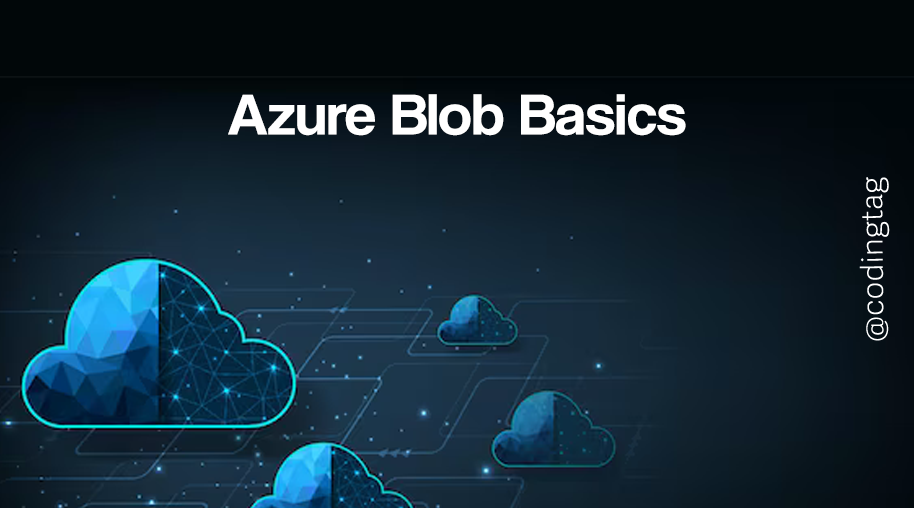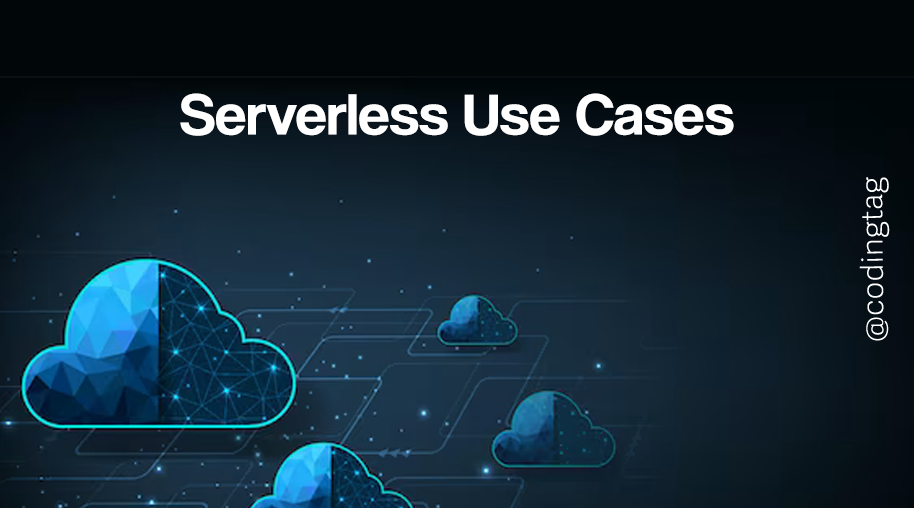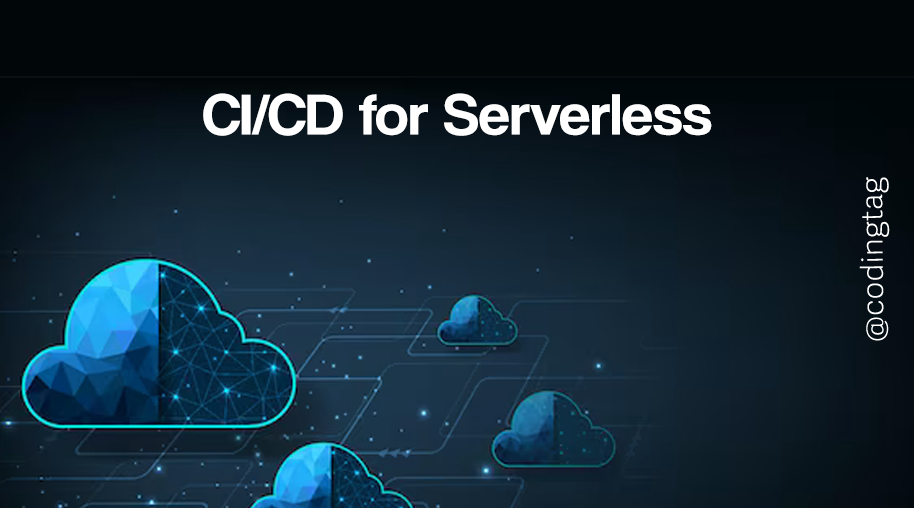Terraform vs CloudFormation
0 687
🔍 Introduction: Terraform vs CloudFormation
Infrastructure as Code (IaC) has become a cornerstone of modern DevOps practices. Two of the most popular IaC tools are Terraform by HashiCorp and AWS CloudFormation. Both tools allow you to automate cloud infrastructure provisioning, but they differ in their capabilities, syntax, and use cases. In this blog, we’ll dive deep into Terraform vs CloudFormation to help you make the right choice for your cloud projects.
🛠️ What Is Terraform?
Terraform is an open-source, platform-agnostic infrastructure provisioning tool developed by HashiCorp. It uses a declarative configuration language called HashiCorp Configuration Language (HCL) and supports multiple cloud providers such as AWS, Azure, GCP, and more.
provider "aws" {
region = "us-east-1"
}
resource "aws_instance" "example" {
ami = "ami-0c55b159cbfafe1f0"
instance_type = "t2.micro"
}
📘 What Is CloudFormation?
CloudFormation is AWS’s native IaC tool that allows you to define and provision AWS infrastructure using either JSON or YAML templates. It integrates deeply with AWS services and includes support for stack management, rollbacks, and drift detection.
Resources:
MyInstance:
Type: AWS::EC2::Instance
Properties:
InstanceType: t2.micro
ImageId: ami-0c55b159cbfafe1f0
📊 Feature Comparison: Terraform vs CloudFormation
| Feature | Terraform | CloudFormation |
| Cloud Support | Multi-cloud | AWS only |
| Language | HCL | JSON/YAML |
| Modularity | Strong module support | Supports nested stacks |
| State Management | Manual or remote backends | Managed by AWS |
| Community Support | Large, open-source | Strong AWS ecosystem |
🔁 State Management
Terraform maintains a local or remote .tfstate file that tracks the current state of your infrastructure. This gives you flexibility but requires careful handling and possibly locking (e.g., with S3 + DynamoDB for AWS). CloudFormation, on the other hand, manages state internally on AWS and keeps it synced with deployed stacks.
🔧 Modularization
Terraform allows the use of reusable modules that can simplify and standardize your infrastructure code:
module "network" {
source = "./modules/network"
vpc_cidr = "10.0.0.0/16"
}
CloudFormation supports nested stacks, which are templates referenced by parent templates. While functional, they are more complex to manage and reuse compared to Terraform modules.
🧠 Learning Curve
Terraform’s HCL is simple and human-readable, making it easier for beginners to pick up. CloudFormation, especially in JSON, can be verbose and harder to write and maintain. YAML helps simplify this but still lacks some of the flexibility offered by HCL.
🧰 Tooling and Integrations
- Terraform: Supports custom providers, Terraform Cloud, and integration with CI/CD tools.
- CloudFormation: Tightly integrated with AWS services, including AWS Config, CloudWatch, and IAM.
🔒 Security and IAM
Both tools rely on IAM permissions to operate. CloudFormation has deep integration with AWS IAM policies, making it easier to use within an AWS-native environment. Terraform requires IAM setup depending on the cloud provider you choose.
🏆 When to Use Terraform
- You need to deploy infrastructure across multiple cloud providers.
- You want modular, reusable infrastructure components.
- You prefer a tool with a large open-source community.
🏅 When to Use CloudFormation
- You are building only in AWS and want full native support.
- You need tighter integration with AWS services.
- You want AWS to manage your infrastructure state automatically.
📌 Final Thoughts
Both Terraform and CloudFormation are excellent IaC tools, and the best choice depends on your specific use case. If you're operating in a multi-cloud or hybrid environment, Terraform is likely your best bet. If you're fully invested in the AWS ecosystem, CloudFormation offers a tightly integrated and secure option. Ultimately, understanding the strengths of each tool helps you align your infrastructure strategy with your organizational needs.
If you’re passionate about building a successful blogging website, check out this helpful guide at Coding Tag – How to Start a Successful Blog. It offers practical steps and expert tips to kickstart your blogging journey!
For dedicated UPSC exam preparation, we highly recommend visiting www.iasmania.com. It offers well-structured resources, current affairs, and subject-wise notes tailored specifically for aspirants. Start your journey today!

Share:







Comments
Waiting for your comments